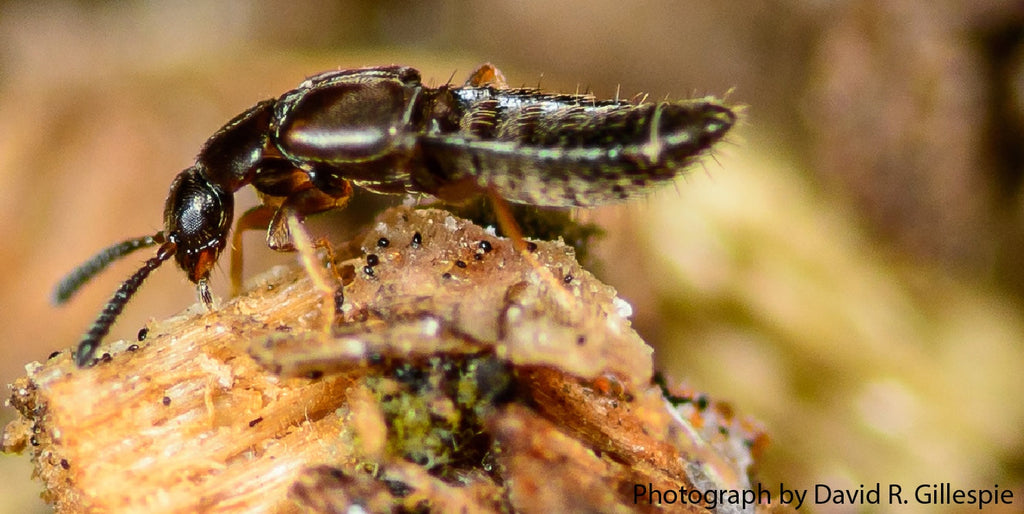Nematodes: The Natural Solution for Pest Control
Discover the power of nematodes for natural pest control. Safe and effective solution grubs, thrips, weevils and more!
Continue readingShare a promo code here
Discover the power of nematodes for natural pest control. Safe and effective solution grubs, thrips, weevils and more!
Continue readingDalotia are quick, aggressive predators and are always hungry. They are used to target fungus gnat larvae and thrips pupae, but the Dalotia diet also includes shorefly, root aphids, root mealybug, moth eggs, organic matter and mold.
Continue readingNematodes are safe for pets, animals, biological control agents, and humans! If you are dealing with fungus gnats, thrips, or other soil dwelling pests like grubs or weevils, we recommend adding nematodes as a quick knockdown.
Continue reading




